Tyrosine Kinase
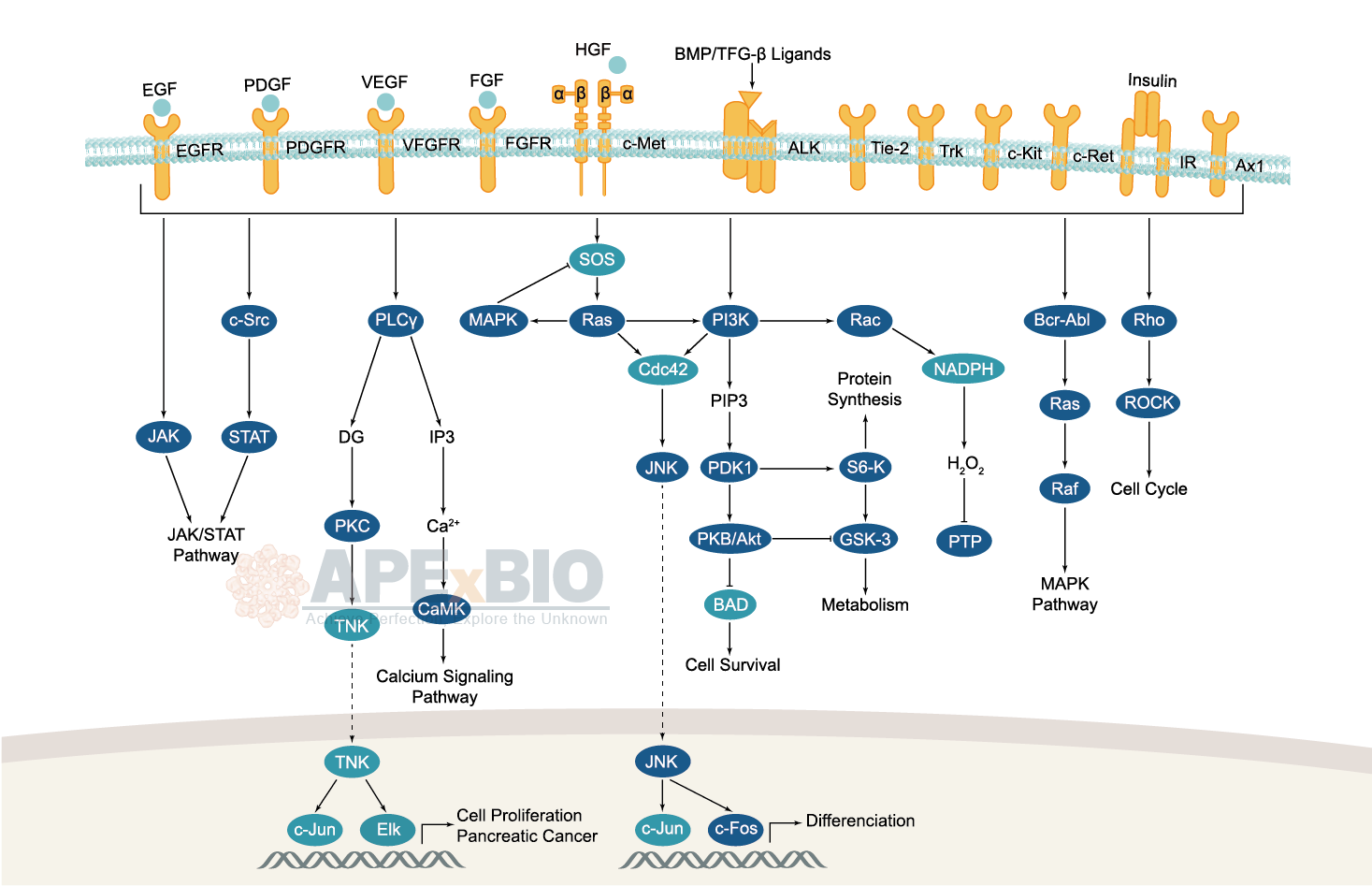
Receptor tyrosine kinases bind to extracellular ligands/growth factors, which promotes receptor dimerization and autophosphorylation of receptor tyrosine residues. This triggers a cascade of downstream events through phosphorylation of intracellular proteins that ultimately transduce the extracellular signal to the nucleus, causing changes in gene expression. Receptor tyrosine kinases include EGFR/ErbB, PDGFR, VEGFR, FGFR and MET subfamilies etc. Dysfunctions in tyrosine phosphorylation are linked to oncogenic transformation. In additions, various adaptor and effector proteins couple to carboxy-terminal of an active kinase. For instance, binding of the GRB2 adaptor protein activates EGFR and MAPK/ERK signaling.
Non-receptor tyrosine kinases involve many well-defined proteins (e.g. the Src family kinases, c-Abl, and Jak kinases) and other kinases which regulates cell growth and differentiation. For example, Src family kinases are curial for activating and inhibitory pathways in the innate immune response.
-
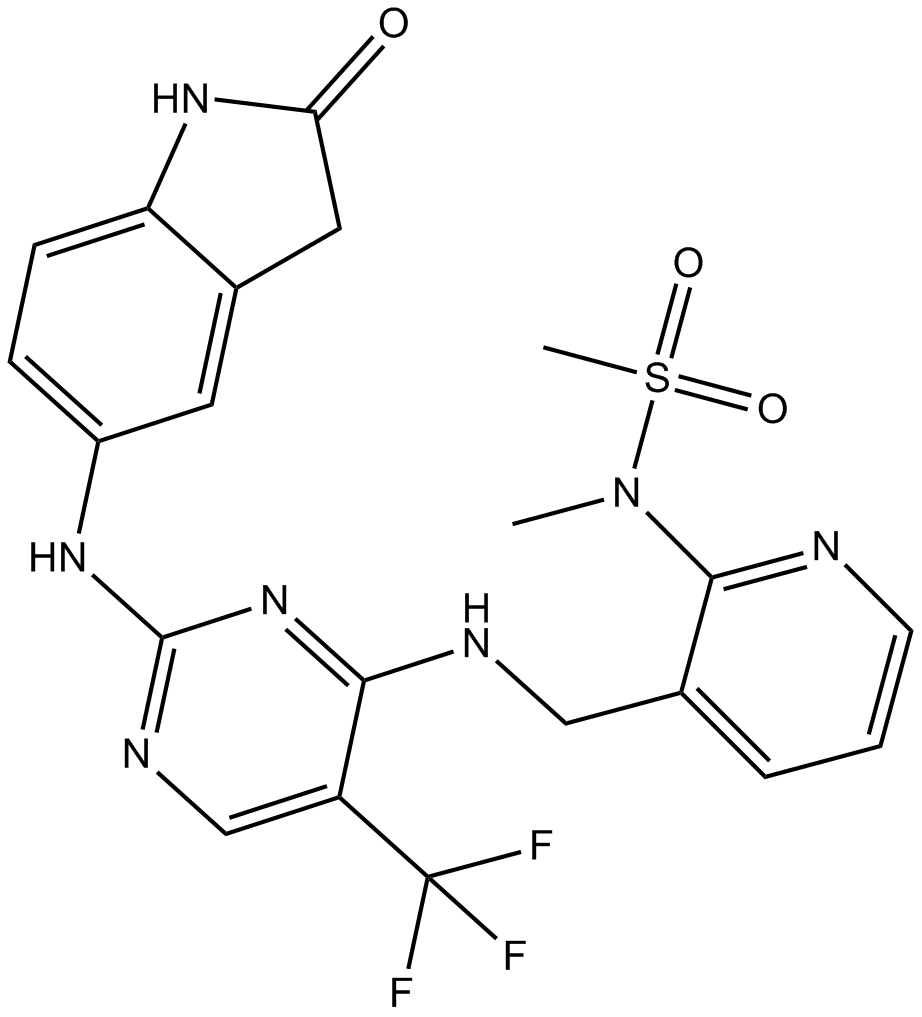 A8310 PF-5622711 CitationTarget: FAK|Pyk2Summary: ATP-competitive FAK inhibitor, reversible
A8310 PF-5622711 CitationTarget: FAK|Pyk2Summary: ATP-competitive FAK inhibitor, reversible -
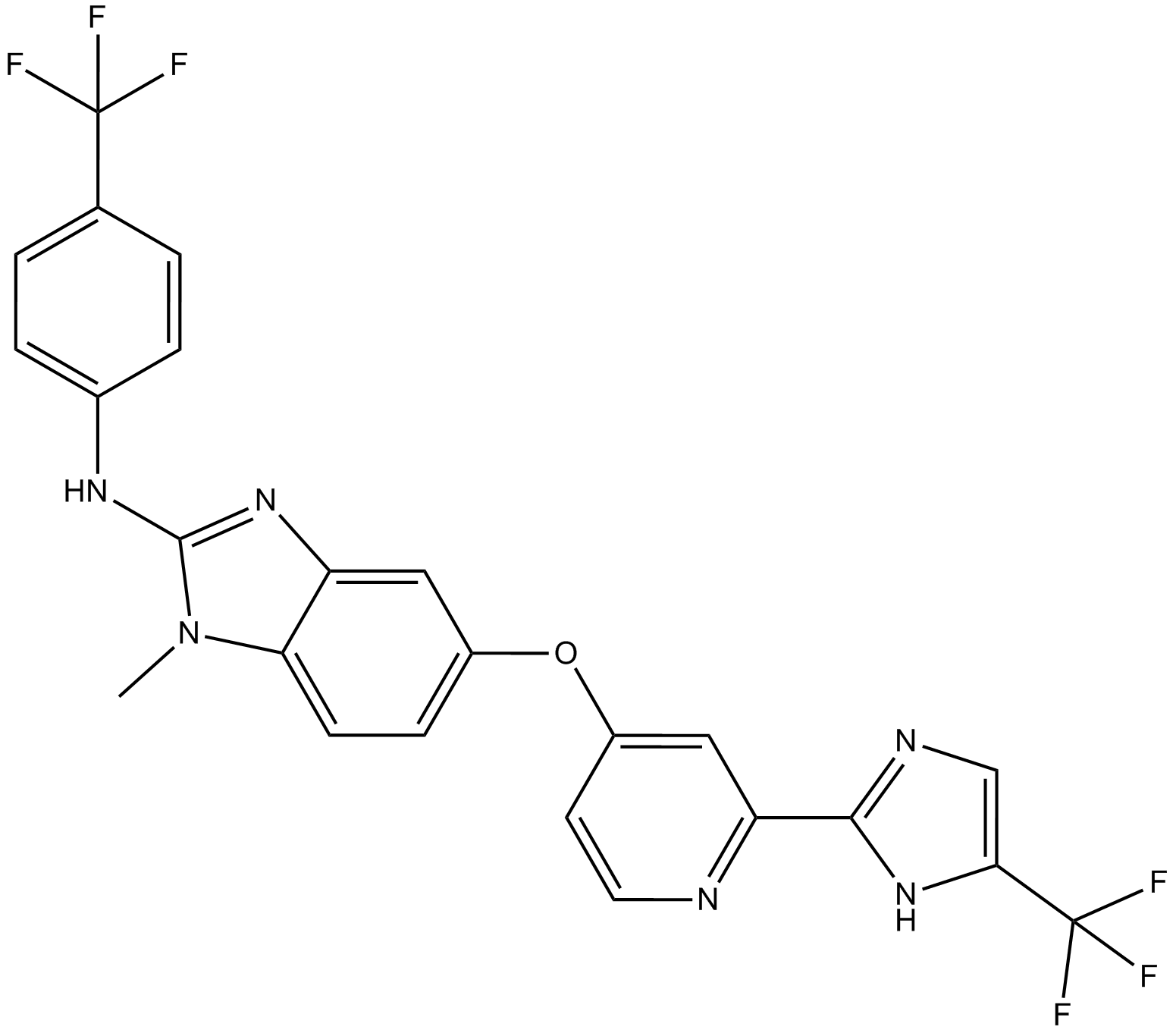 A8313 RAF265Target: Raf|VEGFRSummary: Multiple intracellular kinases inhibitor
A8313 RAF265Target: Raf|VEGFRSummary: Multiple intracellular kinases inhibitor -
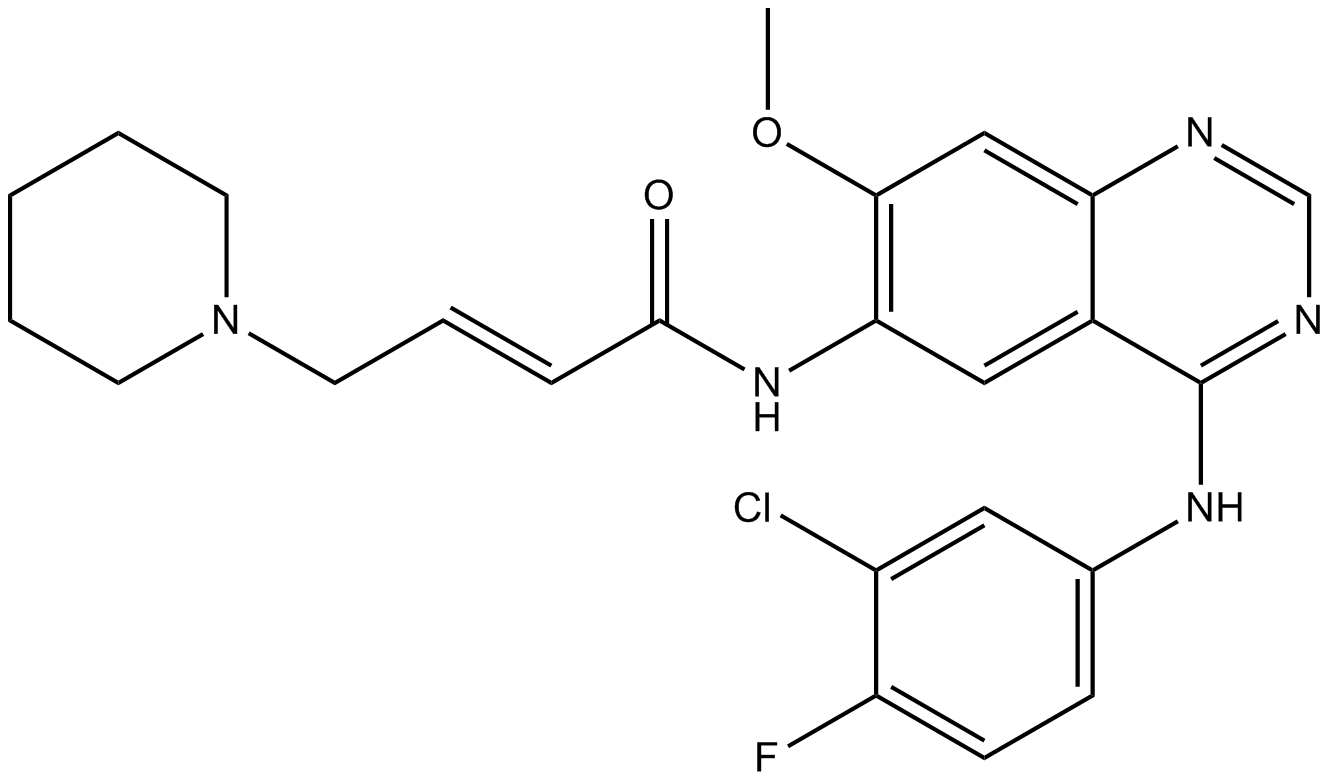 A8319 Dacomitinib (PF299804, PF299)Target: ErbBSummary: HER inhibitor
A8319 Dacomitinib (PF299804, PF299)Target: ErbBSummary: HER inhibitor -
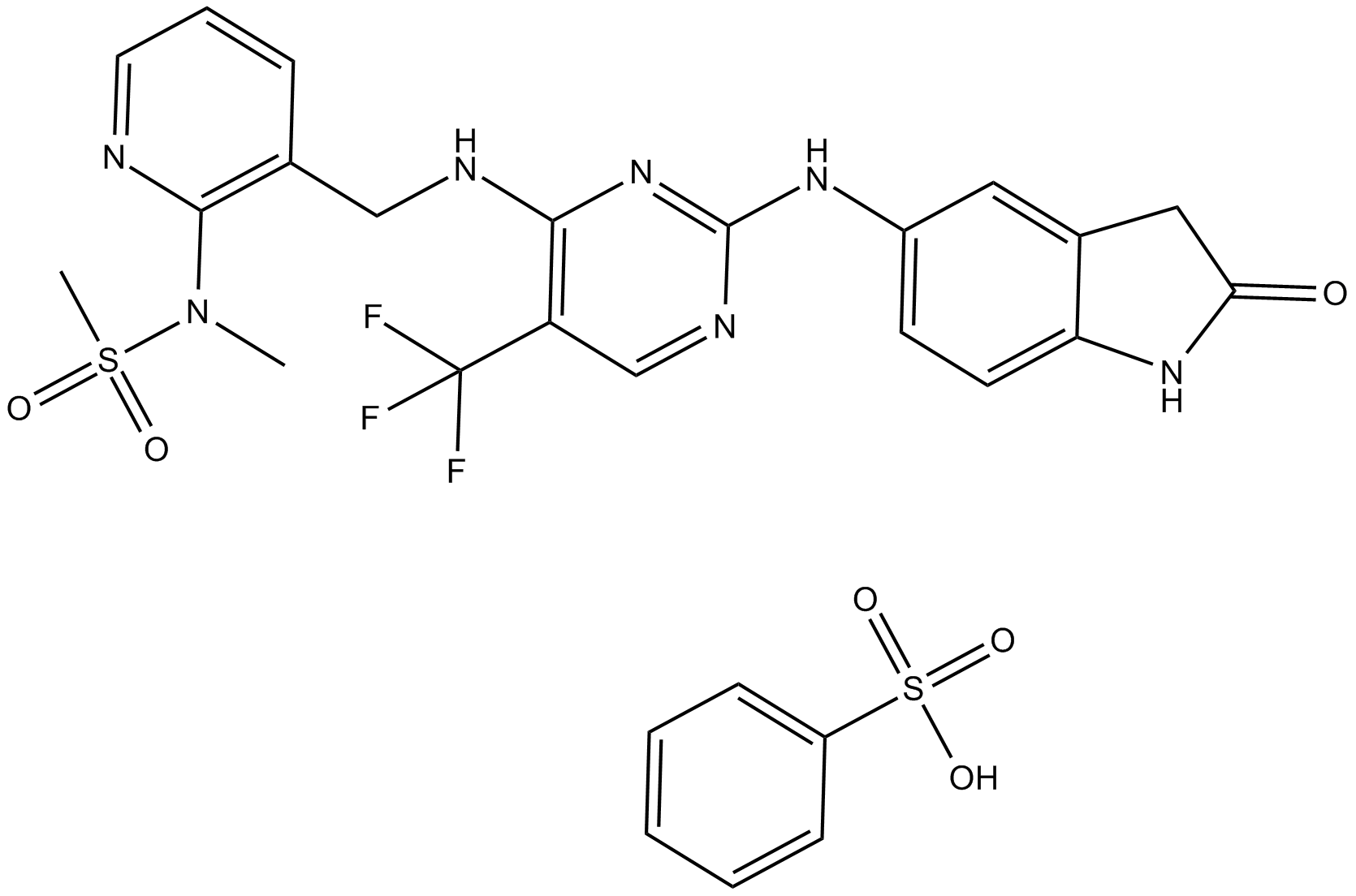 A8320 PF-00562271Target: FAK|Pyk2Summary: FAK/Pyk2 inhibitor,potent and ATP-competitive
A8320 PF-00562271Target: FAK|Pyk2Summary: FAK/Pyk2 inhibitor,potent and ATP-competitive -
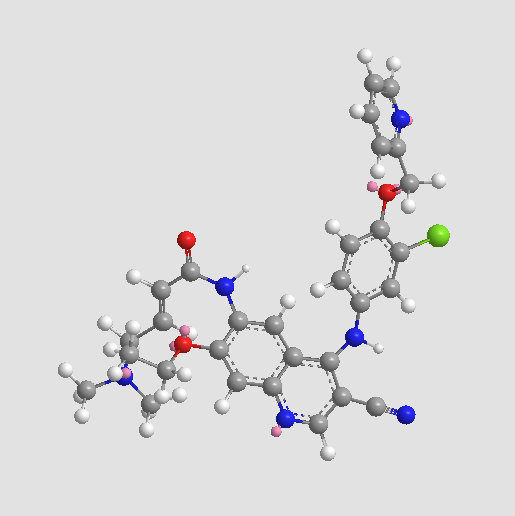 A8322 Neratinib (HKI-272)1 CitationTarget: EGFRSummary: HER2/EGFR inhibitor,potent and irreversible
A8322 Neratinib (HKI-272)1 CitationTarget: EGFRSummary: HER2/EGFR inhibitor,potent and irreversible -
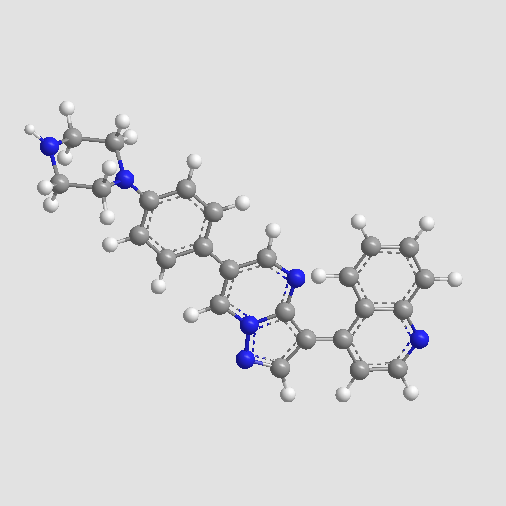 A8324 LDN-193189Target: BMP and Other Activin ReceptorsSummary: ALK inhibitor,potent and selective
A8324 LDN-193189Target: BMP and Other Activin ReceptorsSummary: ALK inhibitor,potent and selective -
 A8325 Tivantinib (ARQ 197)2 CitationTarget: METSummary: C-Met inhibitor,non-ATP-competitive
A8325 Tivantinib (ARQ 197)2 CitationTarget: METSummary: C-Met inhibitor,non-ATP-competitive -
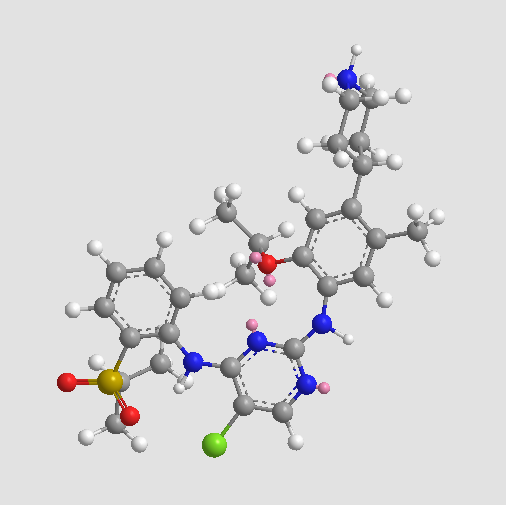 A8328 LDK378Target: ALKSummary: Potent ALK inhibitor
A8328 LDK378Target: ALKSummary: Potent ALK inhibitor -
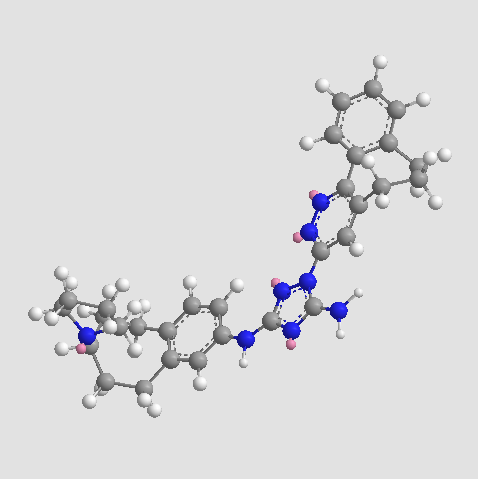 A8329 R42810 CitationSummary: Selective Axl inhibitor
A8329 R42810 CitationSummary: Selective Axl inhibitor -
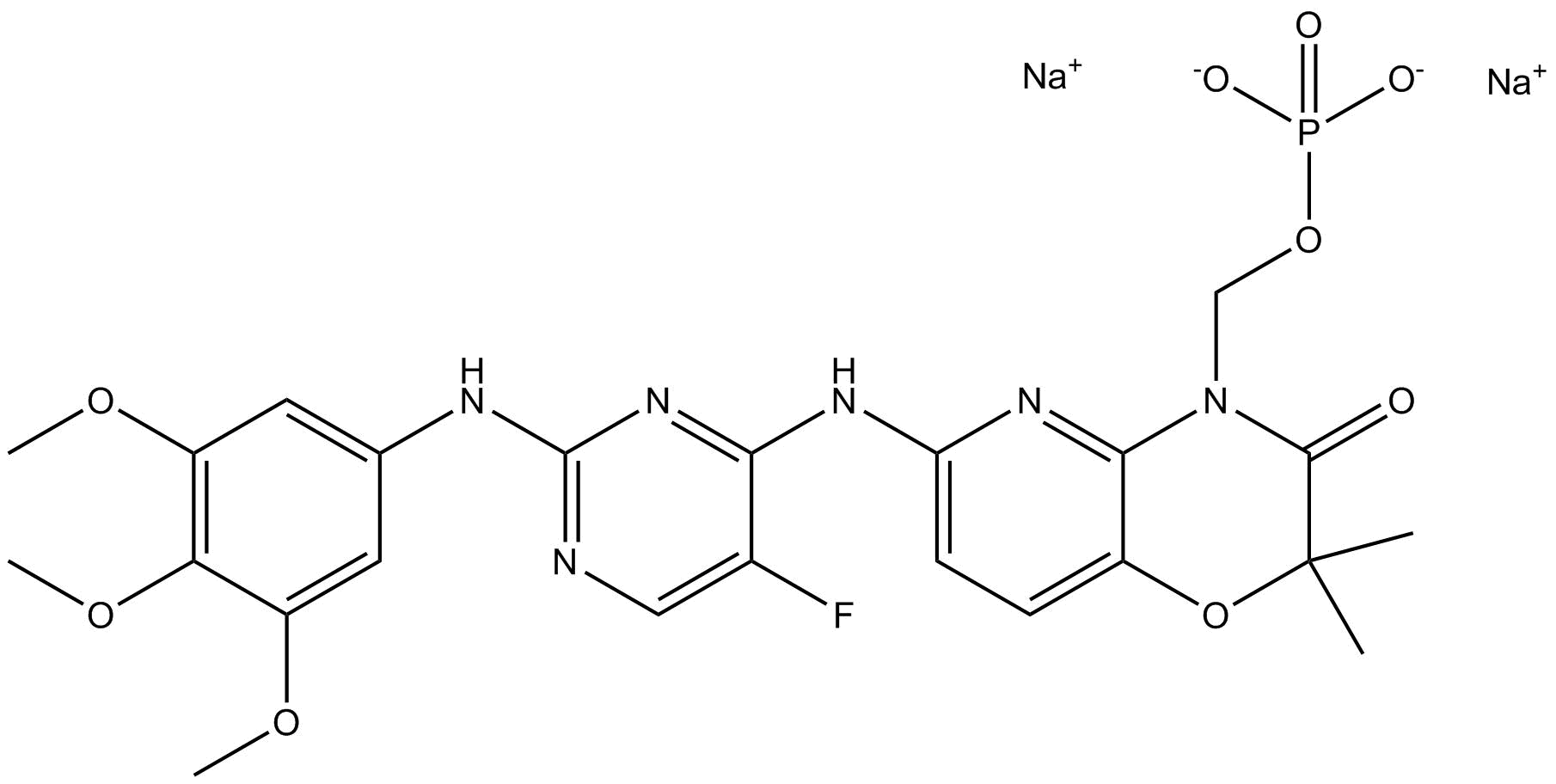 A8332 R788 disodiumTarget: SykSummary: Syk inhibitor,ATP competitive and potent
A8332 R788 disodiumTarget: SykSummary: Syk inhibitor,ATP competitive and potent

